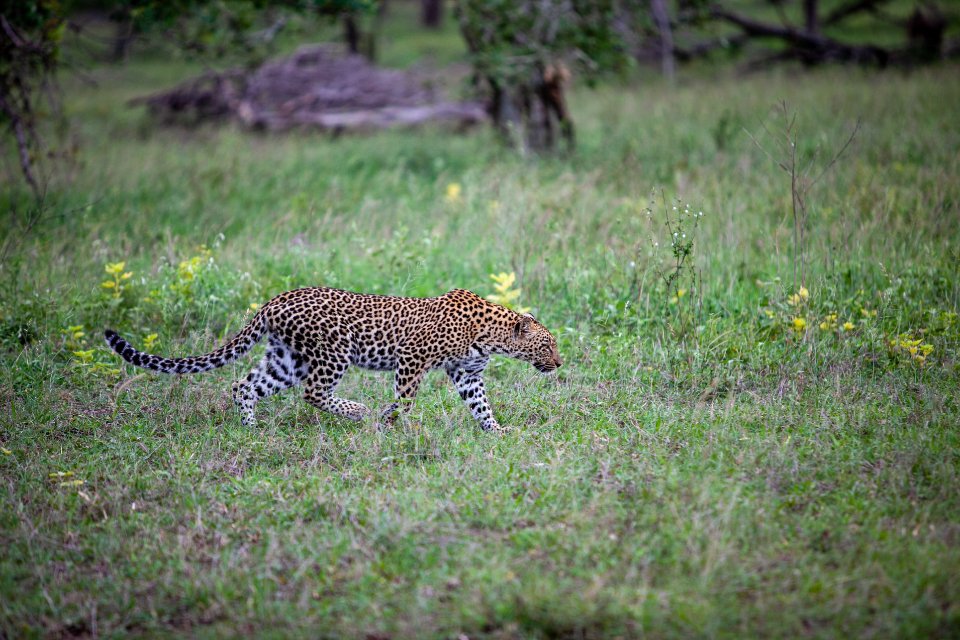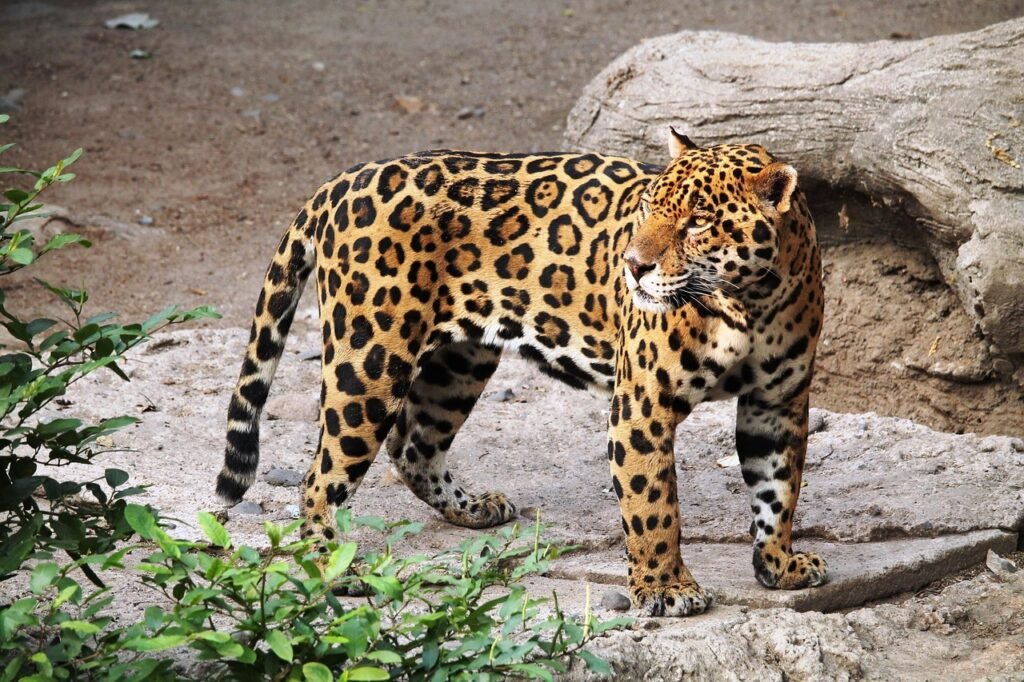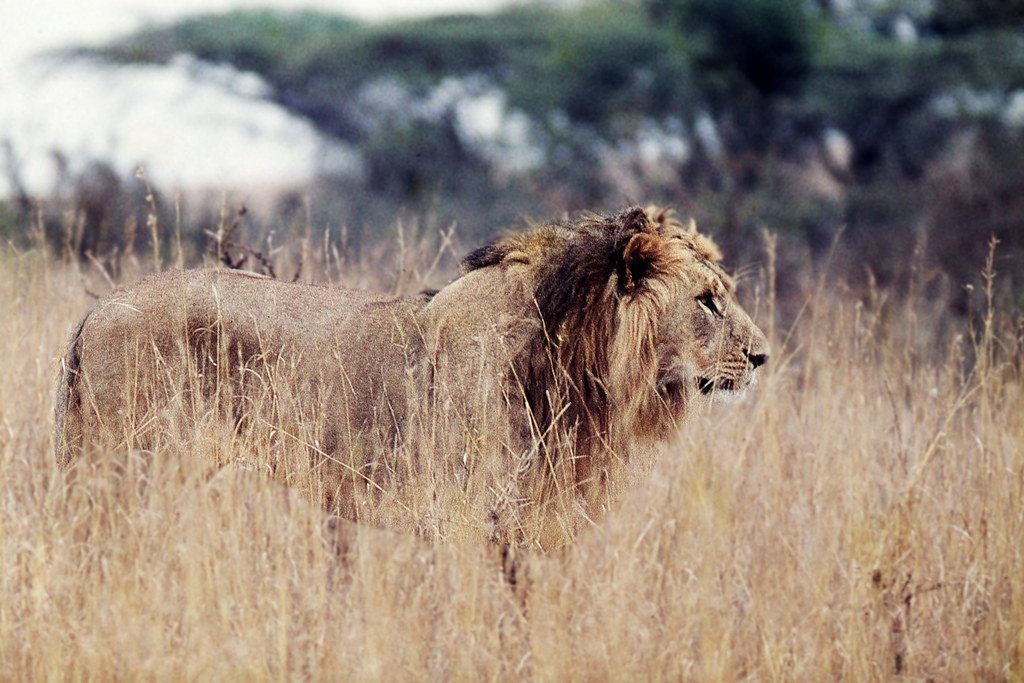Night after night along stretches of the coast, the surf has started to flicker like shaken stars. Locals have swapped fishing forecasts for late-night tide checks, hoping to catch the water ignite under a stray kick or the dart of a mullet. The spectacle is stunning, but it’s also a scientific breadcrumb trail, hinting at shifting currents, warming waters, and the unseen life that thrives after dark. Researchers and curious night walkers are converging on the same sandy edge, each asking a version of the same question: what, exactly, is lighting up the Atlantic here – and why now?
The Hidden Clues

Bioluminescence is more than a party trick; it’s a signal written in light, and the pattern matters. On recent calm nights, the brightest flashes tend to hug the swash zone, where the ocean tumbles onto the sand and mechanical jostling is strongest. That’s the first clue: these tiny organisms glow when they’re physically disturbed, meaning waves, paddles, even swimming fish can flip their switch. A second clue arrives with timing, because the glow intensifies hours after sunset, matching the internal clocks of the microbes behind it. A third clue is hue, with the light landing in a crisp blue to blue‑green band that points to dinoflagellates rather than bacteria or jellies.
What Exactly Is Glowing

The likely culprits along the Carolina surf are bioluminescent dinoflagellates – single‑celled plankton that pack chemical lanterns called scintillons. Inside those tiny packets, the molecule luciferin meets the enzyme luciferase, and a rapid reaction releases energy as light. Shear stress from breaking waves or a passing fish opens the gate, and the water flashes like struck flint. The light sits near the blue‑green part of the spectrum, a sweet spot that travels far in seawater and reads like neon to the human eye. Many species can glow, but the exact mix changes with temperature, nutrients, and currents, which is why one night can blaze and the next turns quiet.
Weather, Currents, and a Perfect Storm

rides the edge of the Gulf Stream, and that edge is restless. Warm eddies peel away and drift toward the coast, delivering offshore plankton to inshore waters like surprise guests arriving at midnight. After late‑summer heat and calm spells, those visitors can multiply in the coastal soup, especially when a brief rain pulse stirs nutrients without churning the water to foam. Lunar cycles add another nudge, since darker, moonless nights make the glow easier to spot and sometimes coincide with feeding rhythms that stir the surf. The result is a perfect storm for sea sparkle: warmth, stillness, a little food, and a lot of gentle motion.
On the Beach at Midnight

The first time I saw the flash this season, it looked like someone had tucked LEDs into the foam at Nags Head. A wave collapsed around my ankles, and a constellation popped under my heel, darting away as if it had plans. A pair of teenagers sprinted through the shallows, laughing as every step scribbled blue scribbles across the water. Offshore, a swirl of baitfish turned the surface into a galaxy in fast‑forward, each pivot a flick of light. It felt less like science and more like a secret, but the pattern was pure physics and biology playing tag in the surf.
Why It Matters

These glowing nights are not just aesthetic; they’re ecological dashboards. Bioluminescent dinoflagellates are sensitive to temperature changes, nutrient pulses, and water movement, so their presence maps the invisible forces shaping coastal life. Unlike daytime sampling, which can miss transient blooms, night observations translate motion into light, giving researchers and citizen observers a real‑time signal. Traditional monitoring relies on daytime nets and lab counts; the glow adds a fast, noninvasive layer that flags where to look more closely. When the surf lights up, it’s a nudge to test the water, check for species shifts, and ask what’s changing upstream.
Global Perspectives

’s sea sparkle slots into a broader, global pattern of luminous coasts, from Puerto Rico’s famed bays to Maldives beaches and California’s recurring red‑blue nights. The same biochemical playbook shows up again and again, but the cast of species and drivers differ with geography. In tropical lagoons, calm basins and steady warmth can lock in persistent glow; on temperate coasts, pulses arrive with seasonal currents and weather swings. Satellite sensors have even documented vast “milky seas” far offshore, where bacteria – not dinoflagellates – turn the ocean into a soft, continuous glow for days. The Carolina show is smaller and snappier, a surf‑zone fireworks display powered by plankton that flares and fades with the tides.
From Nets to Nanoseconds: How Scientists Read the Light

Field teams track these events with a toolkit that’s getting smarter and faster. Simple plankton nets and nighttime jars still capture the stars of the show, but handheld fluorometers flag where organisms concentrate before anyone sees a flash. Imaging flow cytometry then snaps high‑resolution portraits of individual cells, letting scientists confirm which species are present without endless microscope hours. In the lab, researchers can measure the millisecond timing of each flash to understand how stress – wave slap versus fish bite – changes the signal. Add environmental DNA sampling, and the team can detect elusive species by their genetic breadcrumbs even when the glow has already faded.
The Future Landscape

What comes next feels like a merging of beach walks and big data. Low‑light cameras on piers could map nightly brightness the way weather stations map wind, building a time‑lapse atlas of glow events along the coast. Machine‑learning models could pair those records with temperature, runoff, and current forecasts to flag when a bloom is likely to pop. On the horizon, small autonomous surface drones may skim the surf, gently stirring water to measure flash intensity and cell counts without hauling gear. If we get this right, bioluminescence becomes more than a surprise – it becomes an early‑warning system for shifts in the coastal engine.
How You Can Help

If you catch the glow, note the time, tide stage, moon phase, and exact beach access, then share observations with local coastal programs and community science platforms. Use dim, red‑filtered lights and tread lightly; bright beams and heavy splashing can dampen the show and stress wildlife. Leave no trace, because litter and nutrients washed from beach picnics can tip the balance toward the wrong kinds of blooms. Consider joining a nighttime walk hosted by a trusted nature center, where guides coordinate with researchers and teach safe viewing etiquette. The ocean is writing nightly messages in blue‑green ink – are you ready to read them?

Suhail Ahmed is a passionate digital professional and nature enthusiast with over 8 years of experience in content strategy, SEO, web development, and digital operations. Alongside his freelance journey, Suhail actively contributes to nature and wildlife platforms like Discover Wildlife, where he channels his curiosity for the planet into engaging, educational storytelling.
With a strong background in managing digital ecosystems — from ecommerce stores and WordPress websites to social media and automation — Suhail merges technical precision with creative insight. His content reflects a rare balance: SEO-friendly yet deeply human, data-informed yet emotionally resonant.
Driven by a love for discovery and storytelling, Suhail believes in using digital platforms to amplify causes that matter — especially those protecting Earth’s biodiversity and inspiring sustainable living. Whether he’s managing online projects or crafting wildlife content, his goal remains the same: to inform, inspire, and leave a positive digital footprint.




